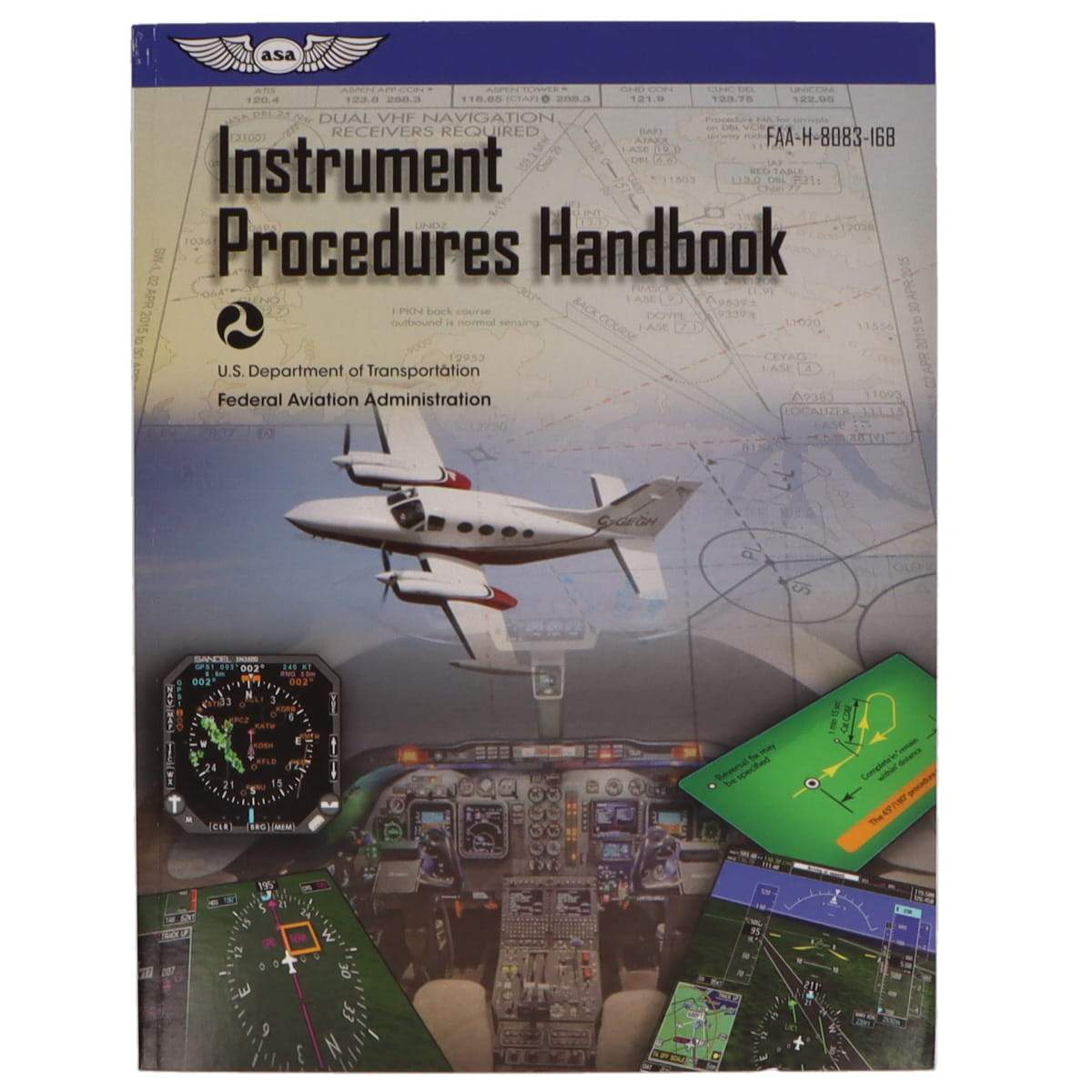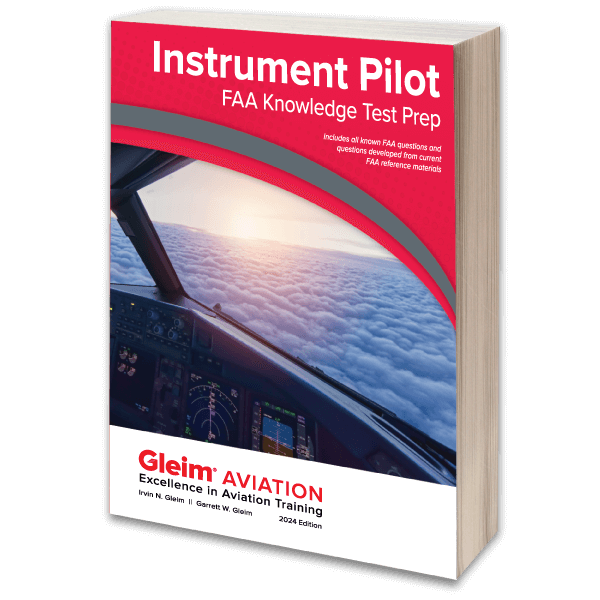Has the grey sky put a damper on your love of flying? Acing your IFR rating not only makes you an even more skillful pilot, but it also grants you priceless freedom. Of course, there's one area that many IFR learners have trouble with—decoding all those confusing IFR clearances and readbacks!
No problem though, we're here to help. In this guide, we'll show you how to go about filing your IFR plans, plus provide trusty tips and tricks for sounding like an experienced pilot when you read back your clearance to Air Traffic Control.
Let's jump in!
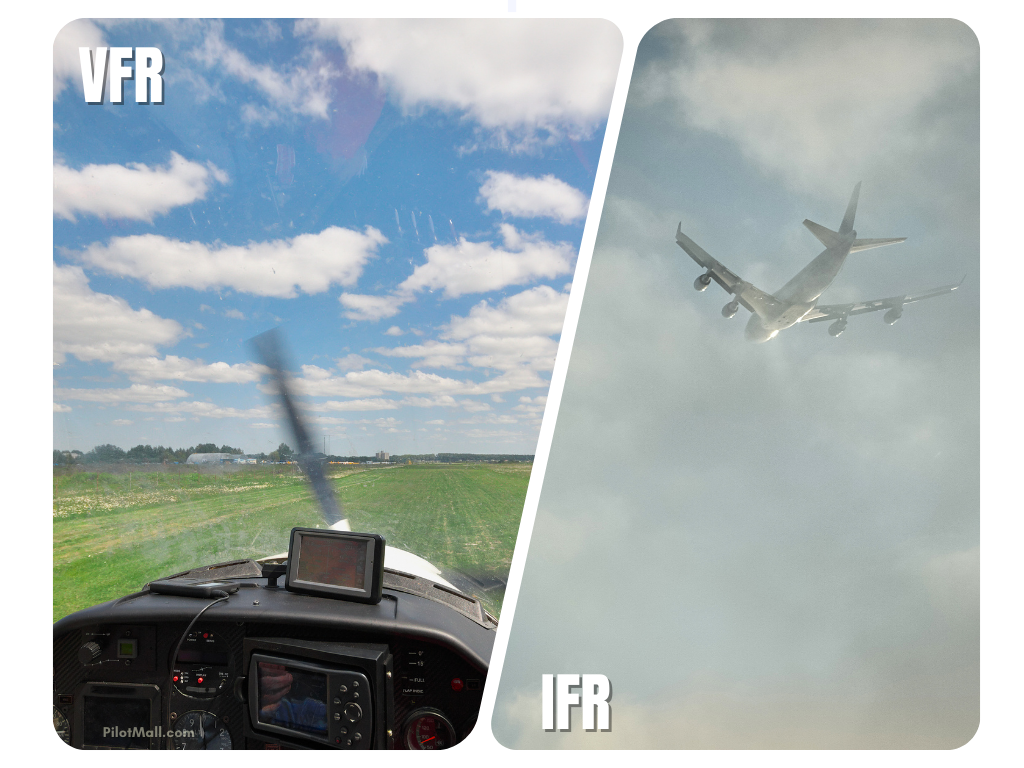
How is an IFR Flight Plan Different from a VFR Flight Plan?
An IFR (Instrument Flight Rules) flight plan is designed for IFR aircraft, the goal is to help aircraft navigate through controlled airspace using instruments due to limited visibility or adverse weather conditions.
These include ATC-preferred routes, specific altitudes, and predefined airways allowing the traffic controller to guide IFR pilots and other aircraft along the safest and most time-efficient paths for traffic flow.
IFR flight plans take aircraft equipment limitations into consideration. They ensure that the plane is equipped with all the necessary instruments for navigation and communication in instrument meteorological conditions (IMC).
Pilots flying IFR have to adhere to minimum IFR altitudes and maintain specific safe altitudes during different segments of the flight, as given by regulations and the air traffic control tower and instructions.
A VFR (Visual Flight Rules) flight plan is used in clear weather conditions, it relies on using visual references to navigate the aircraft. It doesn't involve ATC-preferred routes or predefined airways with the same strictness as an IFR plan does.
VFR flight plans are less rigid, allowing pilots more flexibility in choosing routes and altitudes they want to fly. Of course, VFR pilots still have to follow specific airspace rules and guidelines outlined for VFR flying in the intended area of flight.
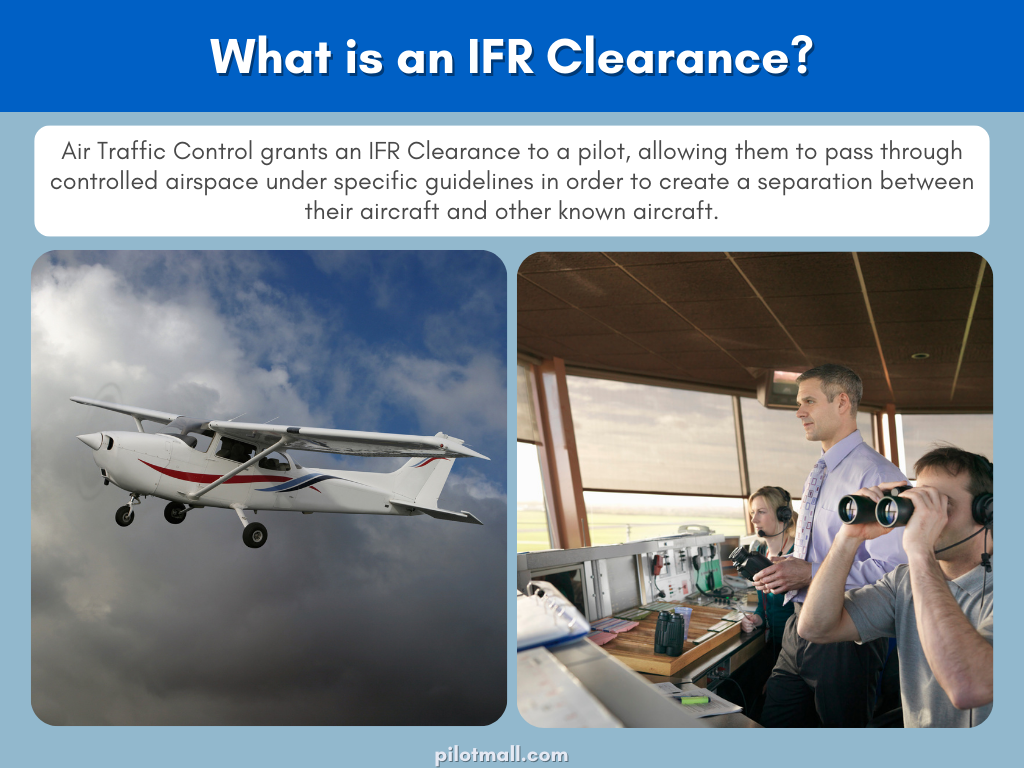
What is an IFR Clearance?
Air Traffic Control grants an IFR Clearance to a pilot, allowing them to pass through controlled airspace under specific guidelines in order to create a separation between their aircraft and other known aircraft.
How to get an IFR Clearance?
Before taxiing, pilots need to radio ATC (Air Traffic Control) and reach out to the Clearance Delivery frequency or Ground Control, or a joint one at the airport. This is the first step to receiving an ATC clearance.
When contacting ATC, pilots provide essential information such as: aircraft call sign, type and equipment suffix, departure/destination airport, proposed departure time, and final altitude and/route info(if known).
Getting a clearance in the air:
Although it is not ideal, you can still take off under VFR and then call ATC as soon as you are in the air to get your IFR clearance. Only do this if the weather and terrain are both good, and you don’t need an IFR clearance to depart from the pattern.
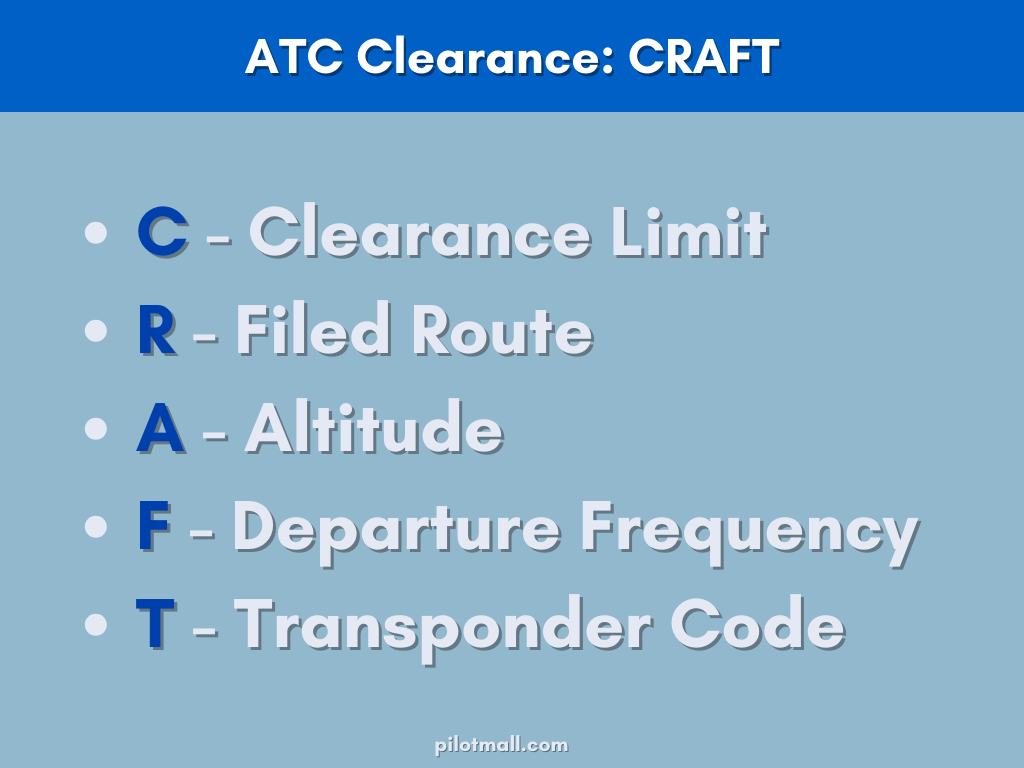
Use CRAFT For Writing Down Your ATC Clearance
When ATC issues an IFR departure procedure(DP) and clearance there is a standard format that they follow, that format that is called "CRAFT". Keep a notebook on a kneepad and prep it for departure procedure by writing in CRAFT vertically down the length of the page. This can also be done on ForeFlight's scratchpad.
-
C - Clearance limit: This is usually your destination airport.
-
R - Route: The filed route you plan to take to get to your destination airport.
-
A - Altitude: "Climb and Maintain" Initial Altitude and Expected Altitude.
-
F - Frequency: the departure frequency.
-
T - Transponder: The Transponder code or Squawk code provided by ATC.
Common Abbreviation for Copying Your IFR Clearance
The Air Traffic Controller will provide the clearance information for the departure procedure at a fairly rapid pace for the sake of efficiency. It can make it difficult at times to keep up and not confuse the various altitude information, assignments or other important details of IFR clearances. Using short-hand abbreviations can help speed up the writing process. If you misheard or miswrote anything, don't be afraid to ask for clarification from ATC.
Here are some short-hand abbreviations:
-
AF - As filed
-
RV - Radar vectors
-
H - Heading
-
RH - Runway Heading
-
R/L - Right Turn/Left Turn
You can short-hand altitude restrictions as well.
For example: instead of writing "climb and maintain initial altitude of 2000ft, expect 6000ft in 10 minutes" this can be shortened to "2000/6000 in 10" or "2k/6k in 10". Some pilots even short-hand to "2/6 in 10".
Example of an IFR Clearance
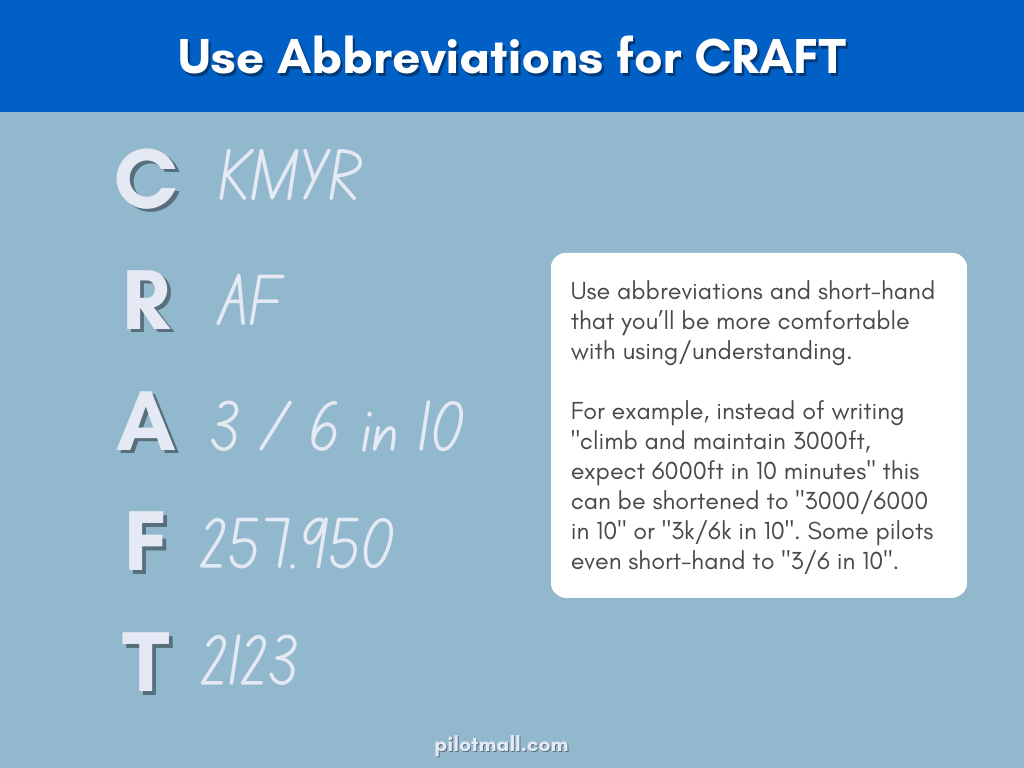
Predict What ATC Will Say to You
You can fill out your CRAFT early and just put a check mark if ACT repeats what you've already written, and jot down changes if they say something else.
For example: the "C" is your "Clearance Limit" and it will always be the destination airport to go to, this part of the clearance you can already have written down. The "R" usually is "As Filed", and the "F" is usually one of the departure frequencies on the approach plate that you will need to study for your IFR plan. This means the only two letters you need to pay attention to are your altitude instructions and your transponder code.
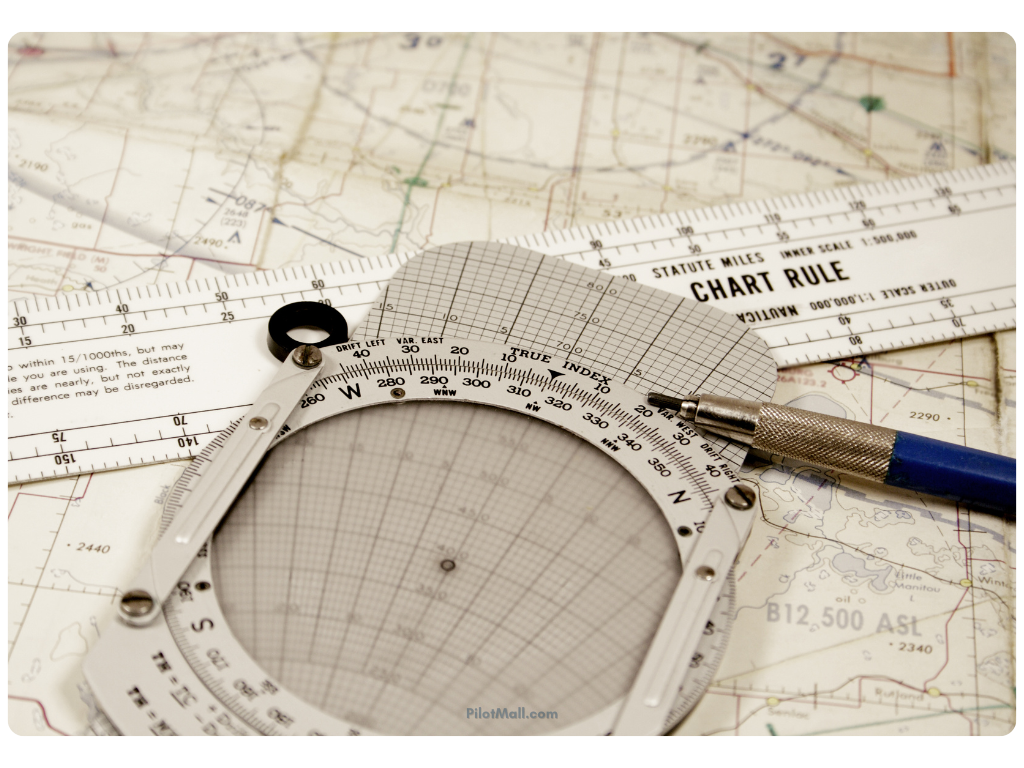
Studying Your Flight Plan
Before worrying about copying down an IFR clearance, you will first need to formulate and study your IFR plan and then file it. Flight planning for IFR requires more forethought than a VFR plan.
These are the factors to consider:
-
Destination Airport: Weather and Approach plates(for minimum IFR altitude, approach procedures, and arrival airport details)
-
Enroute: Altitudes(MEAs, MRAs, MCAs, and OROCAs along the route), note any published altitude restrictions. Airspace, avoiding prohibited, restricted airspace and TFRs. Preferred routes. Terrain, looking for MSAs.
-
Departure Airport: Climb requirements, and turns.
-
Alternate: In light of the predictions around your expected time of arrival, do you need to file an alternate plan. If there is a chance that conditions could be IFR at any point around your ETA, it would be wise to set up an alternate route just in case.
-
Fuel: Have the required fuel, plus enough fuel to go to your alternate, and an additional 45 minutes worth of fuel at cruise.
-
Required Equipment: have on the aircraft the navigation equipment necessary for the departure, route, and approach you selected. Make sure you meet the VFR, IFR, DAY (and NIGHT if applicable) requirements of FAR 91.205.
-
Pilot Currency: Your IFR currency needs to be kept up according to FAR 61.57(c).
-
Emergencies: Prepare for emergencies, and plan your route along airports that you can divert to and land in VFR.

IFR Plates
There is a reason why IFR training is usually the most difficult skill for Pilots to develop. Perfecting one's understanding of IFR approach plates involves a lot of diligent effort. Start by getting comfortable with the symbols and conventions used in IFR sectional charts and plates.
Be sure to comprehend all the information provided, like navigational aids, minimum flight altitudes, radio frequencies, and method details.
Pay particular attention to critical aspects like missed approach procedures, holding patterns, speed restrictions, as well as any unique landforms or impediments near the airport. Find out about standard instrument departures and the departure procedures.
Practice deciphering and picturing the steps within each procedure, honing in on the series of waypoints, bearings, altitudes, and any additional directives.
Habitual practice and inspection of departure procedures and approach plates can aid a pilot in performing precise and safe instrument procedures during their flights.

Filing an IFR Flight Plan
Using an approved flight planning tool or contacting a flight service station, submit this information to the appropriate aviation authority or ATC facility. Specify your preferred route, altitude, and any special requests or considerations.
Review your flight plan for accuracy, ensuring it complies with regulations and considers weather conditions and available navigational aids. Once filed, stay alert for any updates or amendments provided to departing aircraft by ATC before departure, allowing for a smooth and safe IFR flight.
Tools to Help File
Consult the FAA's Filing Guide:
The Flight Plan Form:
Traditional ways to file:
-
By phone: 1-800-WX-BRIEF (1-800-922-7433)
-
Site: 1800wxbrief.com
-
Read our guide on how to file a flight plan.
For the tech-savvy pilot, here are apps you can use for filing:
-
FltPlan.com: Provided by Garmin, FltPlan is a flight planning tool that is fast and free to use. Pilots can use their website or their app.
-
ForeFlight: This is a personal favorite and popular choice for most pilots. With everything that ForeFlight offers this app is an aviation must-have.
Takeaway
The filing of an IFR plan can be a complex process, but with this knowledge, you will feel confident and prepared for success. Careful attention to regulations, weather conditions, and communication with ATC are crucial elements in ensuring accuracy in the filed plan.
Your understanding of the details, routes, and altitudes along with these tips will lead to a safe and smooth flight experience. And now you can venture out with confidence!
Happy flying!
Want to learn more about IFR (Instrument Flight Rules)?
Our guides are designed to help student pilots become professional pilots and for private pilots to brush up on their knowledge of instrument training and skills.
-
Lost Comms on IFR Flight (What to do & Procedures to Follow)
-
The Complete Guide to Aircraft Instruments [More Than Just the 6-Pack]
- Pop-up IFR Clearance: 7 Tips On How To Properly Request One
Did you find this article helpful?
Do you think we missed anything important? Let us know in the comments below!




